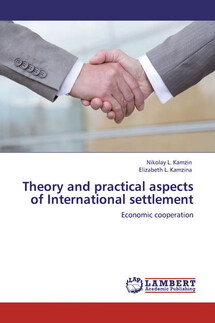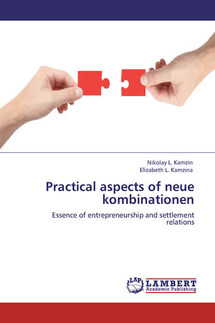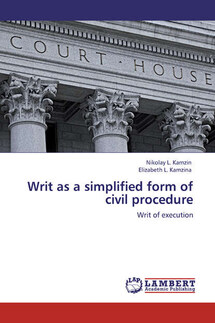The implementation of the economic cycle: freedom, trust, duty - страница 13
3.6. Currency quotation
Exchange rates – defining the proportions of exchange, that is, the mobile market rates of the day. They depend on the condition of the course yesterday, before closing, and on major international stock exchanges – from Tokyo to New York, what are the views of market conditions, foreign exchange potential of the banks. Full quotation includes the selling rate (usually higher) and buying (lower). The difference (margin) account fees.
Turnover on international stock exchanges, as well as short-term play money capital in order to profit from the difference in interest rates and exchange rates in the hundreds of times higher than world trade[36].
Exchange rates (currency quotation) – To identify and exchange rate chosen on the basis of market mechanisms[37].
In the currency market are two methods of currency quotes: direct and indirect (inverse). In most countries (including Russia) applied direct quotation, in which the rate of one unit of foreign currency expressed in domestic currency. In the indirect quotation exchange rate of national currency units expressed in a certain amount of foreign currency. Indirect quotation applied in the UK and since 1987 in the USA.
There are also quotes an official, interbank, exchange-traded. The official exchange rate quotation by the Central Bank. The official exchange rate used for accounting purposes and customs payments for the balance of payments.
Methods for determining the official exchange rate varies by country depending on the nature of the monetary system and exchange rate regime. In countries where the fixed exchange rate regime, the quotation is determined purely by administrative means. The Central Bank sets (regardless of supply and demand for currency) exchange rate against the currency of any one country to which the «tied» the currency of that country, or in relation to several currencies at once (on the basis of the «currency basket») or SDRs. At the same time the Central Bank may establish different exchange rates for individual operations (multiplicity of exchange). This method was used in the Russian Federation until July 1992.
Under the regime of «currency corridor» official exchange rate set under the «currency corridor», or at the level of the exchange (as, for example, in Russia from July 1995 to May 1996) or by daily quotations, the so-called «sliding fixation».
In some countries with underdeveloped exchange market, where the main circulation of currency transactions pass through the currency market, the official rate set at the level of the exchange.
In countries with a free currency market, where a regime of «floating» rate, depending on the prevailing supply and demand for foreign currency, central banks set the official exchange rate at the interbank level. In some industrialized countries maintained a tradition of setting the official exchange rate at the level of the exchange.
Since the bulk of foreign exchange operations in industrialized countries are carried out on-the-counter interbank market, the main course of the internal market in these countries is the interbank rate. Interbank quotation installs large commercial banks – the main operators of the foreign exchange market, supporting one another permanent relationship. They are called market makers (makers of the market).Other banks – market-users (users of the market) to apply for quotation of market makers. Interbank Foreign Exchange quotes are set by market makers by sequential comparison of supply and demand for each currency.









